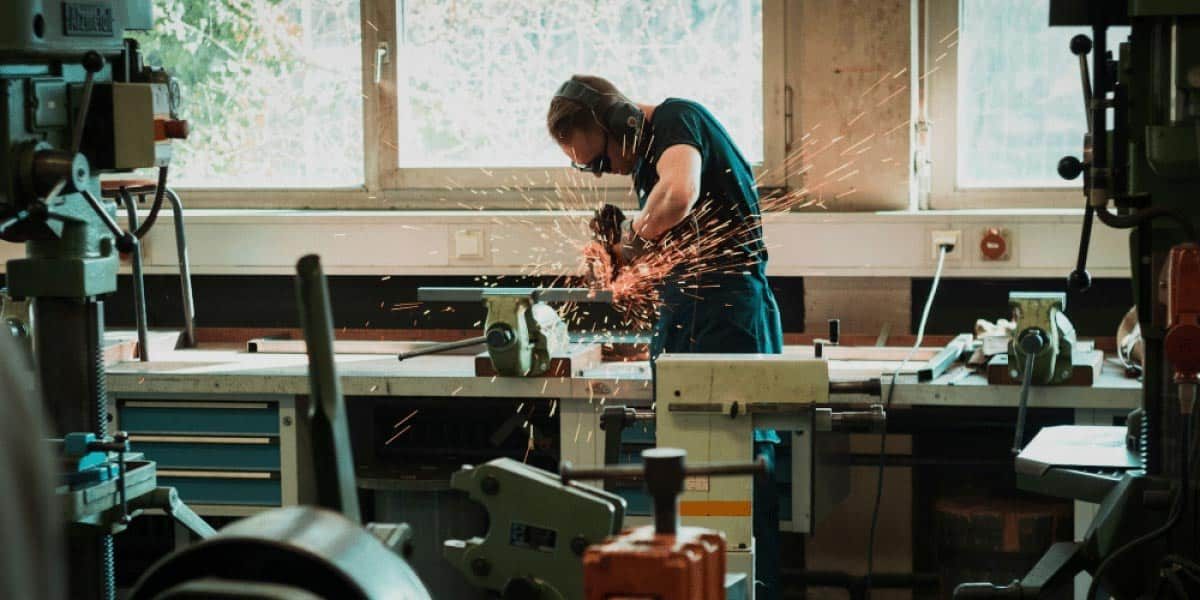The American South after the Civil War was a land of scars and struggle. Once a dominant force in national agriculture, the region lay in tatters. Vast cotton plantations, the source of immense wealth for a select few, were left devastated by the war and the abolition of slavery. Cities were in ruins, infrastructure crumbled, and a sense of despair hung heavy in the air. But from the ashes of defeat rose a new vision – the New South.
Championed by figures like Henry Grady, a prominent journalist and editor, this movement rejected the agrarian past and looked towards industrialization and economic diversification as the path to a brighter future. The South, they argued, possessed the resources and the workforce necessary to become a major industrial player, and they set about transforming the region’s economy.
This transformation wouldn’t be easy. The South lacked the established industrial infrastructure of the North, and its skilled labor force had largely been concentrated in agriculture. However, the New South proponents were determined, and they saw opportunity in the region’s abundant natural resources and its large pool of potential workers, including many newly freed African Americans. Let’s delve into the key industries that fueled this shift from cotton fields to factory floors, exploring how the South began to rebuild its economy and forge a new identity in the post-Civil War era.
King Cotton Gets Company: A Diversified Industrial Landscape
Prior to the Civil War, the South’s economy was heavily reliant on cotton, a cash crop that enriched plantation owners but left the region vulnerable to economic fluctuations. The New South movement recognized this vulnerability and pushed for a more diversified industrial base. Several key industries emerged as drivers of this economic transformation.
1. The Rise of Textiles and Manufacturing:
Cotton remained a crucial part of the Southern economy, but now it was being woven and manufactured within the region. New textile mills sprouted up across the South, processing raw cotton into finished goods like fabric, clothing, and thread. This shift created jobs, boosted local economies, and reduced dependence on Northern textile centers.
A report by the Southern Economic Development Council highlights the significant increase in textile production in the South during the late 19th and early 20th centuries. This growth not only diversified the Southern economy but also established the region as a major player in the national textile industry.
2. Steel and the Backbone of Industry:
The South’s rich mineral resources, particularly coal and iron ore, fueled the development of a burgeoning steel industry. Steel mills like those in Birmingham, Alabama, became vital cogs in the nation’s industrial machine, providing the raw materials for everything from bridges and railroads to buildings and machinery.
A recent article by the Encyclopedia of Alabama emphasizes the rapid growth of the steel industry in the New South era. This growth not only provided essential materials for infrastructure development but also created new employment opportunities across the region.
Beyond Smoke Stacks: A New South Takes Shape
The rise of manufacturing wasn’t just about factories and smokestacks. It had a profound impact on the social fabric of the New South.
- Urbanization: As factories sprung up, towns transformed into cities. This urbanization led to the development of transportation networks, public services, and new social classes – industrial workers and entrepreneurs.
- Labor and Legacy: The rise of factories brought new labor challenges. While some opportunities arose for formerly enslaved people, racial inequalities and harsh working conditions persisted. However, labor unions also emerged during this period, fighting for better wages and working conditions.
The legacy of manufacturing in the New South is complex. While it brought economic growth and modernization, it also had environmental and social consequences. Nonetheless, the shift from an agrarian to an industrial economy marked a turning point in the history of the South, paving the way for a more diversified and globally integrated region.
A Continued Evolution: The New South and Beyond
The story of manufacturing in the South doesn’t end with the smokestacks of the 20th century. The region has continued to evolve, adapting to changing economic realities. Today, the South boasts a diverse manufacturing base, including sectors like aerospace, automotive parts, and technology.
While the challenges of globalization and automation remain, the South continues to strive for a thriving industrial sector. By leveraging its resources, skilled workforce, and strategic location, the region is well-positioned to maintain its role as a major manufacturing hub in the 21st century.







